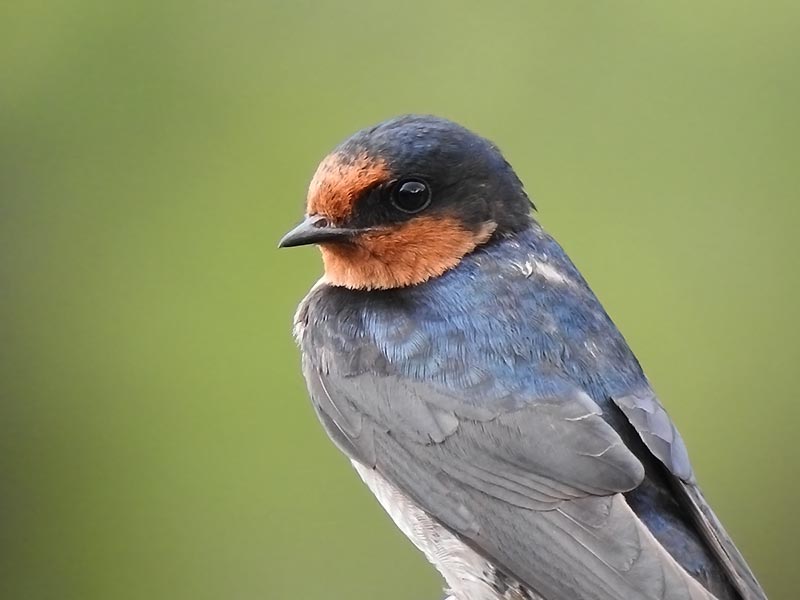A true nature lover’s wildlife photography dilemma
These days nature lovers and wildlife photographers go hand in hand. If you are a nature lover then you are also a wildlife photographer. Except for few exceptions this holds true everywhere. But should this be the case ? What were nature lovers doing before photography was invented. If they saw something beautiful what did they do ? I feel a compulsion to click something beautiful or something in action but did the people who lived before photography felt the same way ? The answer is a obvious No.
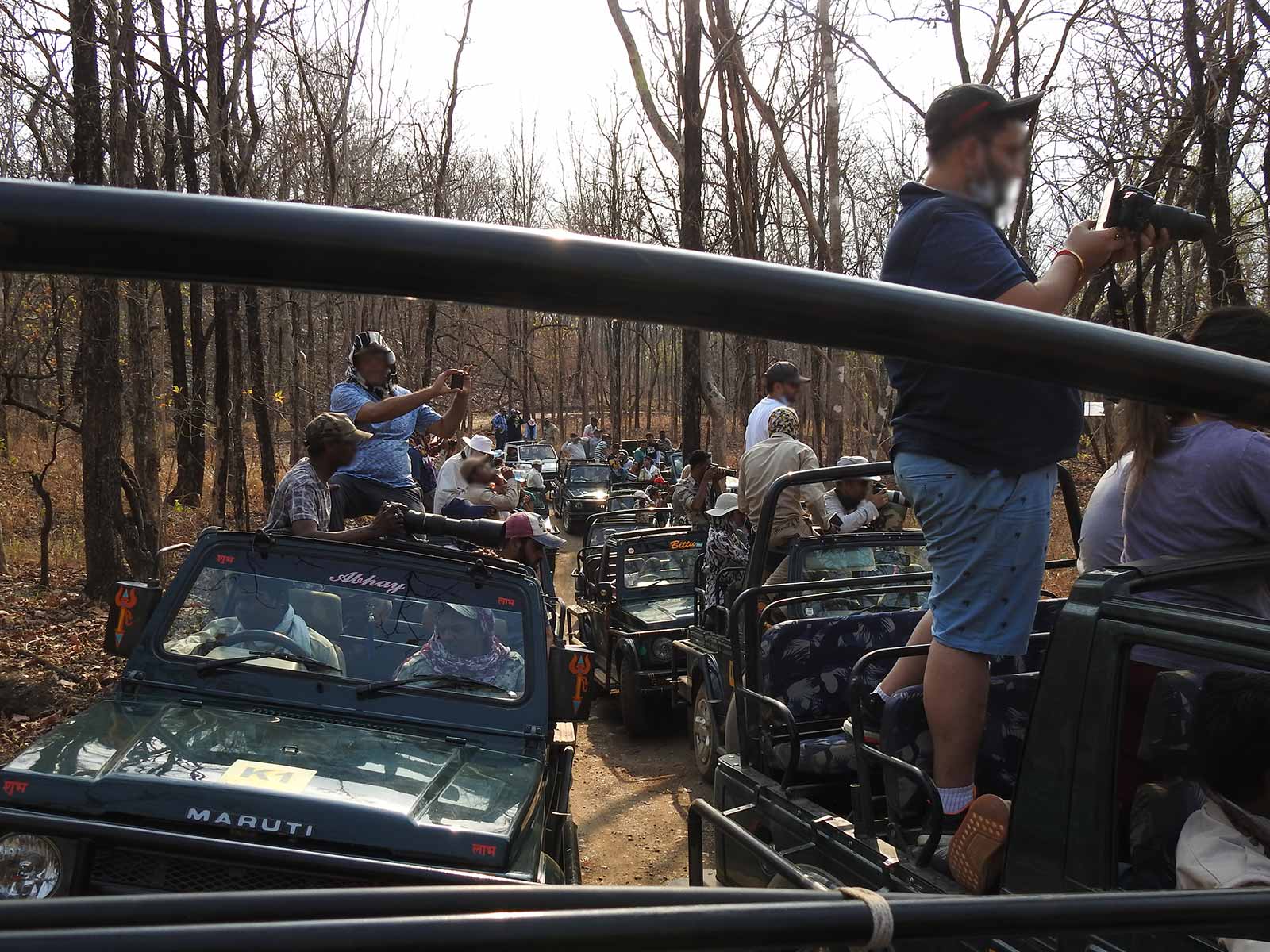
The pre-photography era people would have never thought about capturing a moment because there was no option to do so. It was all captured in their memory. What we do or even plan to do is based on our capacity to do things.
Our capacity to capture things in the way of photograph has given us the inclination to respond to the natural world impulses by clicking. With camera affordability and ease of use , photography became a way of interaction with natural world.
Social media and wildlife photography :
Another crucial aspect , if not the most important aspect in making us into photographers was the creation of an avenue for sharing the images. Facebook, Instagram, Whatsapp all have an important role in making us gravitate towards photography like never before.
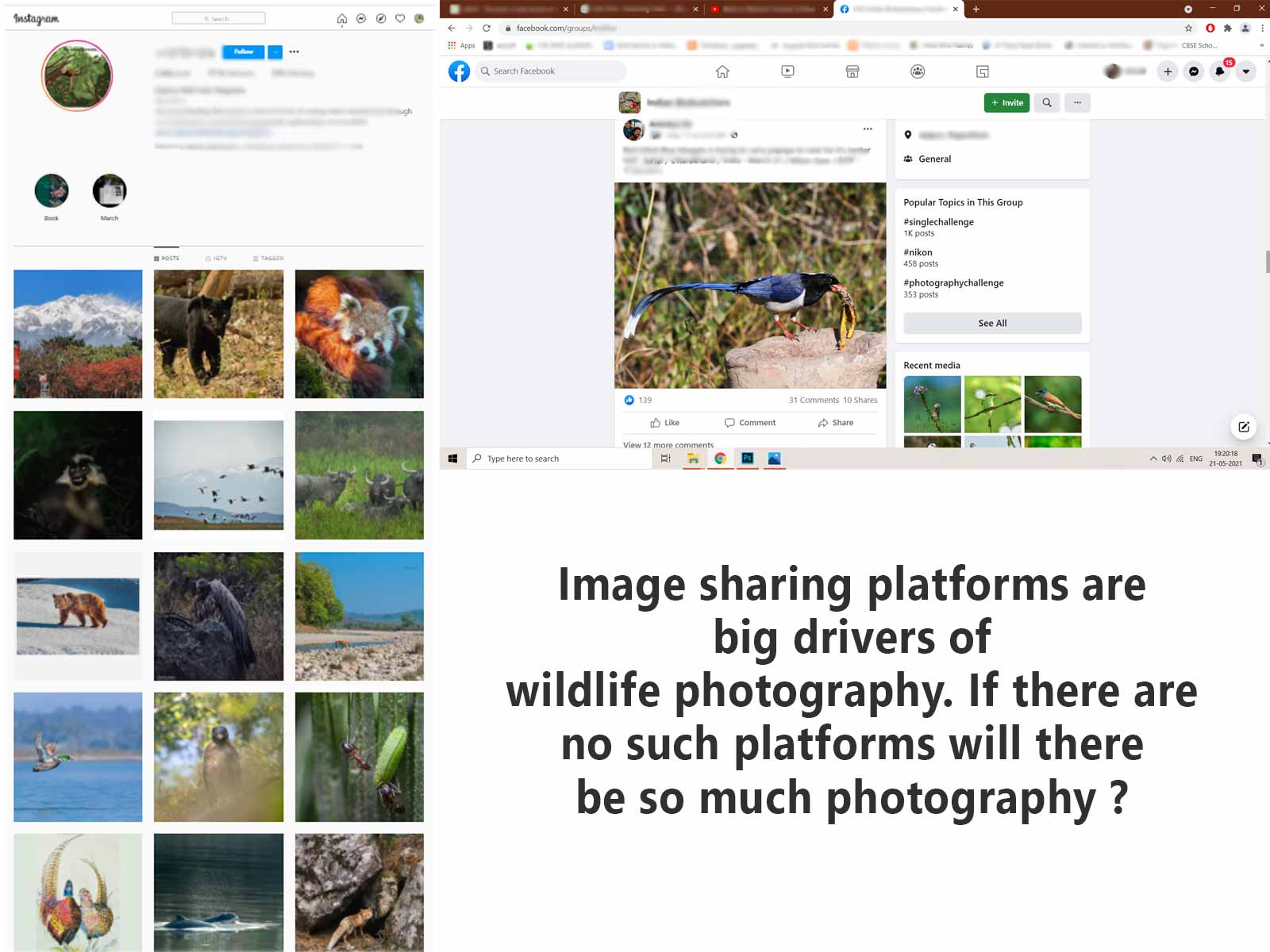
Clicking an image is an outcome of a technological innovation rather than a natural behaviour. Our natural outcome while watching nature was rather a spontaneous happiness that is instinctive for nature lovers. Watching a natural world event is in itself an end process for creating happiness. A pair of bear cubs playing inside a forest is a happy sight to behold. On the other hand when photography is involved we are involving external factors like the ability of camera, social media interactions in the process of creating satisfaction.
Happiness generation is the positive reinforcement that makes a person to repeat what he does. In the original process of watching nature and feeling happy instantly , we have created a middleman in the name of wildlife photography. Wildlife encounters rather than being a personal experience are now recorded and socially ratified.
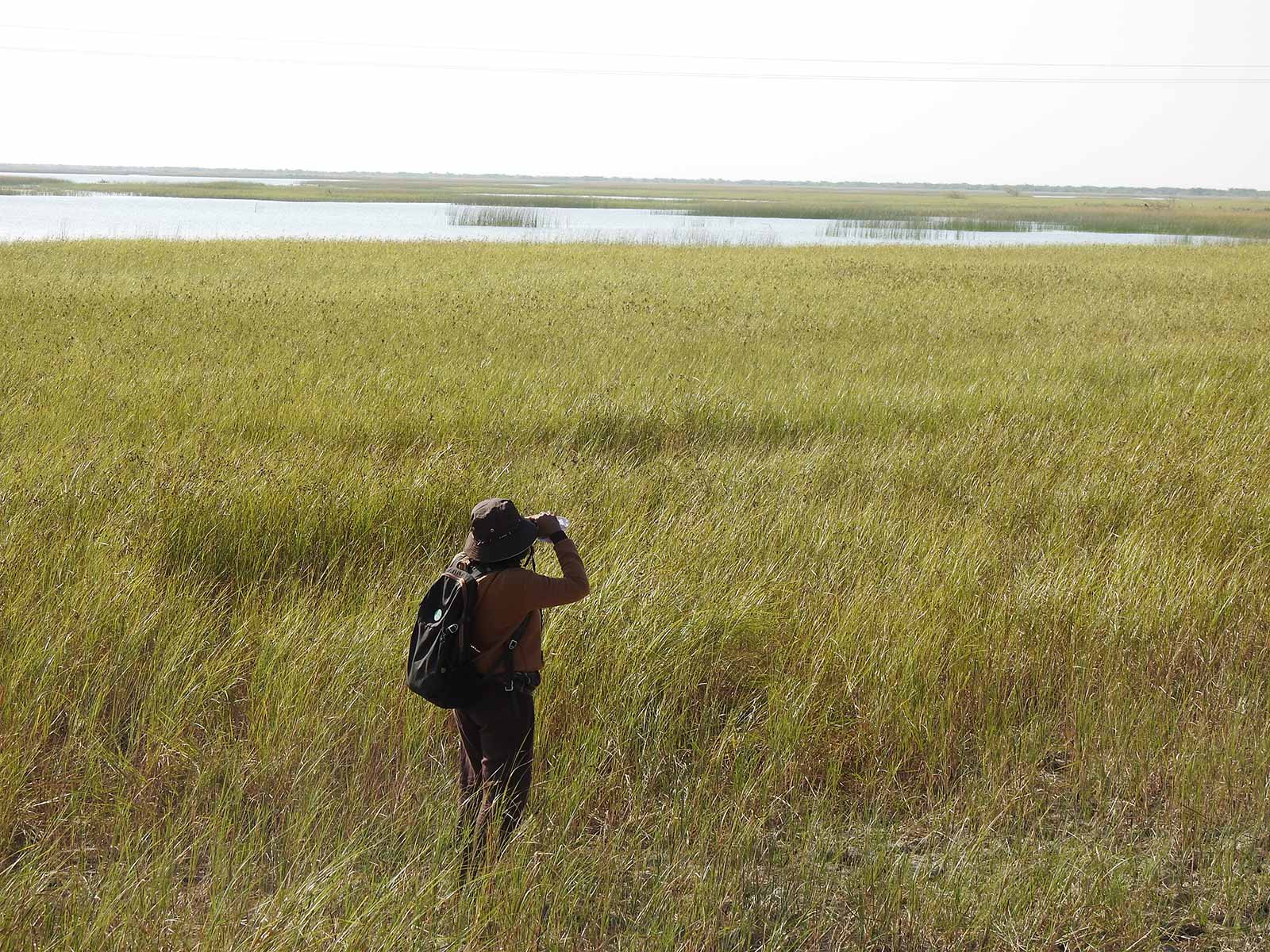
Social ratification gives us a sense of accomplishment that nothing else can give, after all we are social animals living in groups. As any social animal , we share stories of our experiences to others in the group. Wildlife stories which were once told orally can now be told more vividly with the help of images and videos. In this way , photography is only a natural progression in our communication ability. Isn’t it true that a picture tells thousand stories ?
Happiness from watching nature is different from the happiness that we get from taking a perfect picture. While one is a personal experience another has a social angle to it.
In the real world we being social animals , recognition from society holds higher importance than personal experiences.
Also, people telling you that the picture is beautiful is an acknowledgement of your skill. The praise is for you and thus the wildlife is just a means to show your skill. The beauty of the natural world is showcased but it is your skill that takes precedence. It is only because of your effort that such an image is achieved. The happiness this provides overtakes the happiness provided by the wildlife encounter itself.
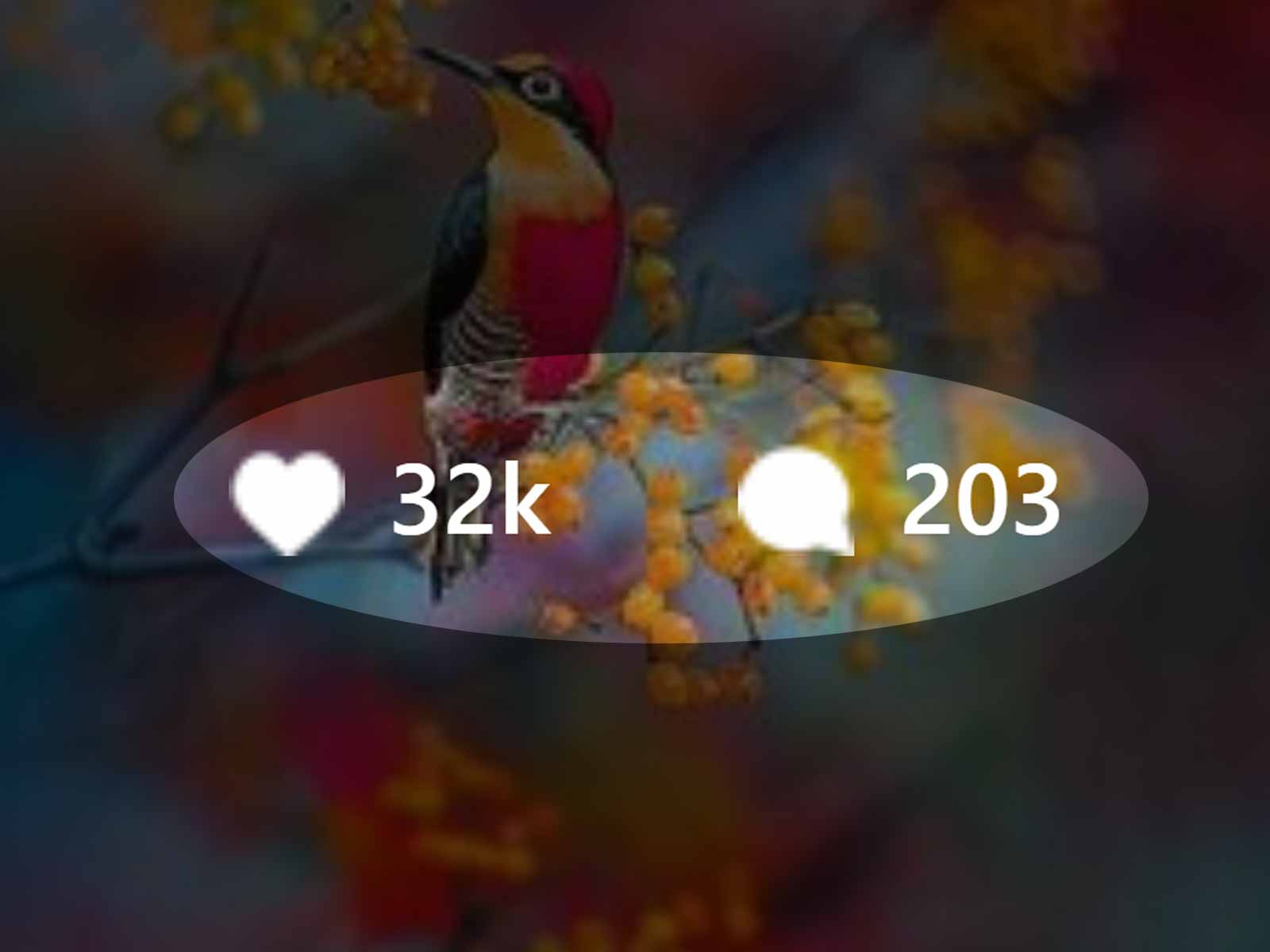
Social reinforcement involving individual praise takes the front seat. Wildlife photography is now for showing the world your skills rather than showing the beauty of the natural world. All the wildlife in the world are now merely subjects for your skill display.
With wildlife just being a means to an end, will we really care about the well-being of an animal ? Put the animal first and camera second when society is praising your personal skill all the time ?
Wildlife photographer lifestyle :
There is also another dark angle to wildlife photography. I will be pretty blunt about this – It is a status symbol. Modern wildlife photography is a costly affair. A full frame camera with a prime lens can cost around 15 lakhs or more. Add to that , accessories like tripods, binoculars etc and not to mention other lenses and additional cameras the total kit cost of a full fledged wildlife photographer can reach minimum 25 lakhs.
Further , visiting forests also means a cost is involved. Infact it is more costly to stay in a forest rather than a 5 star hotel in a city. Everyone knows about Kabini jungle lodges and the Oberoi Vanyavilas of Ranthambore. Also do not forget the 4 wheel drive to carry all this and the free time to pursue this.
Professional Wildlife photographer life is a show of wealth. It is modern day consumerism with a dark twist.
While a select few flaunt around in this lifestyle , the majority aspire this. After all, show of wealth is also a show of personal success in the society. In the quest for the perfect shot , these rich people have brought consumerism into nature watching. More importantly with wealth comes location access and thus more opportunity to take impressive pictures. This consumeristic way of wildlife photography is the method followed by celebrated photographers and thereby setting the direction for the world to follow. That direction is nothing but “consume and showoff” which has led to a situation where nature lovers now know more about cameras than wildlife itself.
While lakhs are being pumped to buy cameras little is done for the betterment of the wildlife itself .
Rather than channeling the energy and money of nature lovers into conservation, wildlife photography has become a big distraction for wildlife conservation.
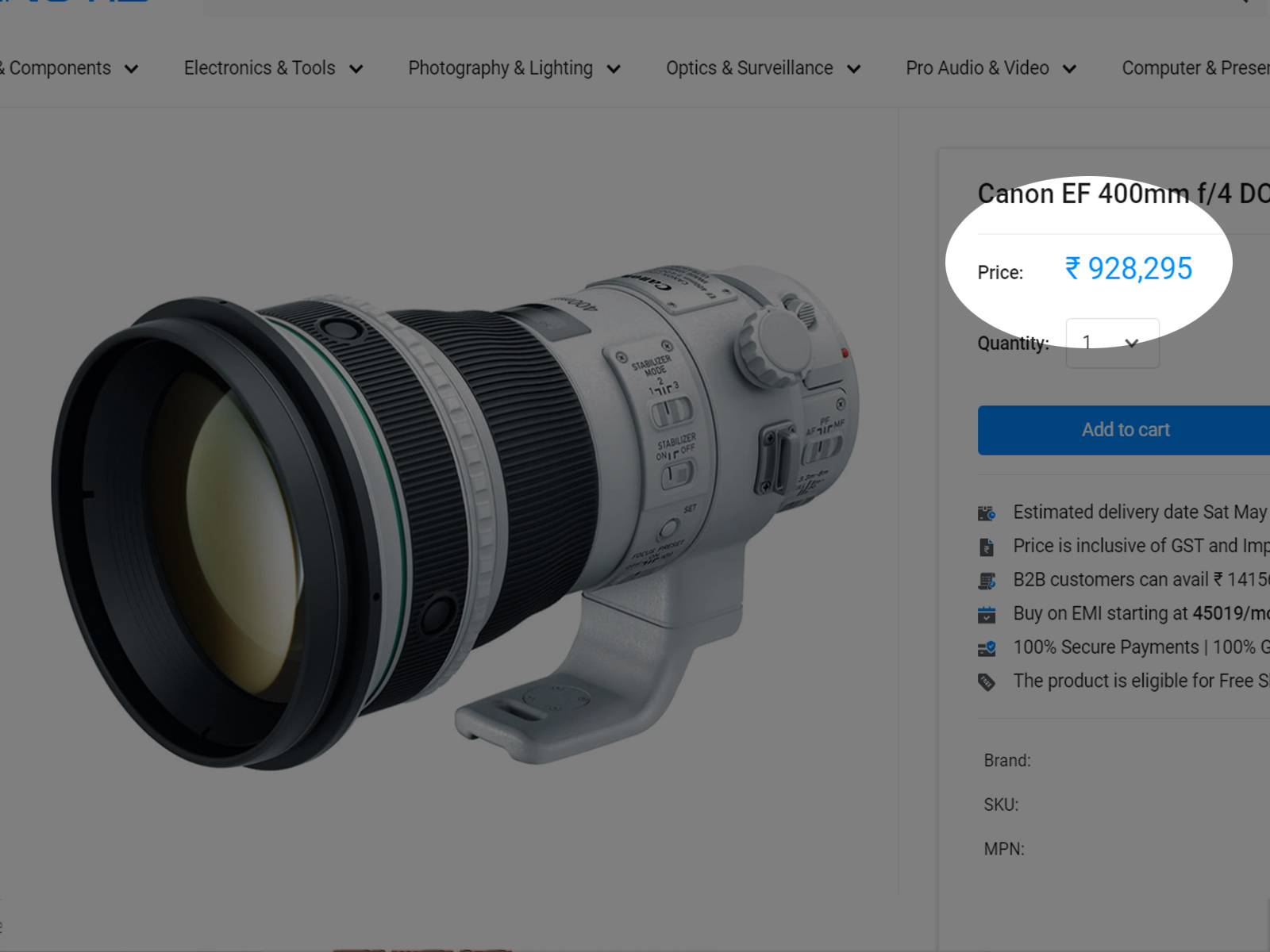
Wildlife around the world is in crisis and we are in the middle of a mass extinction but nature lovers are buying electronic devices and making images of dying species. If it is rare, even better ratification from social media ! In a nutshell, what we are doing is pretty simple. We consume the planet ruthlessly and make a bird rare and then with some electronic device take a picture of it and call ourselves nature lovers.
If we are nature lovers , is our job protection of wildlife or photography ?
Photography is just a new technology and a fascinating one, which will improve in years to come. What this means for wildlife photography is that there is never a perfect shot ! Even if you click a tiger catching a deer you have to strive for more , in an endless loop. In this endless search for perfection, rules eventually break.
Now , I am not saying that photographers only care about a picture and are not happy while seeing a bird, I am just saying that these are two different things. A perfect picture and close encounter are different. Each creates a different kind of pleasure. For most people, the pleasure created by social ratification has more weightage than the internal happiness created by a natural world encounter.
Over the period of time this skews our behaviour to search for that perfect image. Image of a bird is no longer enough, it has to be full frame, it should have vivid colours, it should have a bokeh background, it should have feather details, it should capture a movement, it should kill a prey, it should feed it chicks, it has to do everything !!!
With zoom lenses we can now click an image of a bird without a bird even noticing it. Cameras like Nikon P1000 can zoom in on a bird on top of a tree and get you an usable image. But that is not enough because with the image stabilization, the feather details will not be there. This is where the importance that we assign to the photography has real world consequences.
Is feather details more important than the peace of the bird ? In the quest for image perfection we intrude into the last remaining wilderness.

Barn Swallow / Canon 80D 
Hill Swallow / Nikon P900
I am pretty sure that 99% of the images we take are never printed and even if they are printed they are used as small images in bird books. For the few that are printed they are heavily processed. Even while viewing the images online , the screens are abysmally small. More than 80% of internet traffic is in mobiles with 6 inch screens and in platforms like Instagram the images only occupy half the screen. How many of the images in Facebook do we open in full screen ? Have you printed any of your own images ? Even though this is the reality , the quest for feather details is so compelling that we have to get closer to the “subject”.
In doing so we have to disturb the birds in their last remaining habitats. A raptor which is resting on the ground has to be encountered in the closest possible manner because the background can be smooth.
Before few years there existed a gap in technology where even with the maximum zoom available the bird image was not close enough even to identify. But with recent mega zoom point and shoot cameras like Nikon P900, P950 and P1000 one can take an image without the bird even noticing us. I am not batting for some camera model but look at this situation from the point of view of the bird.
Is the bird or for that matter any wildlife ever felt happy to see you ?
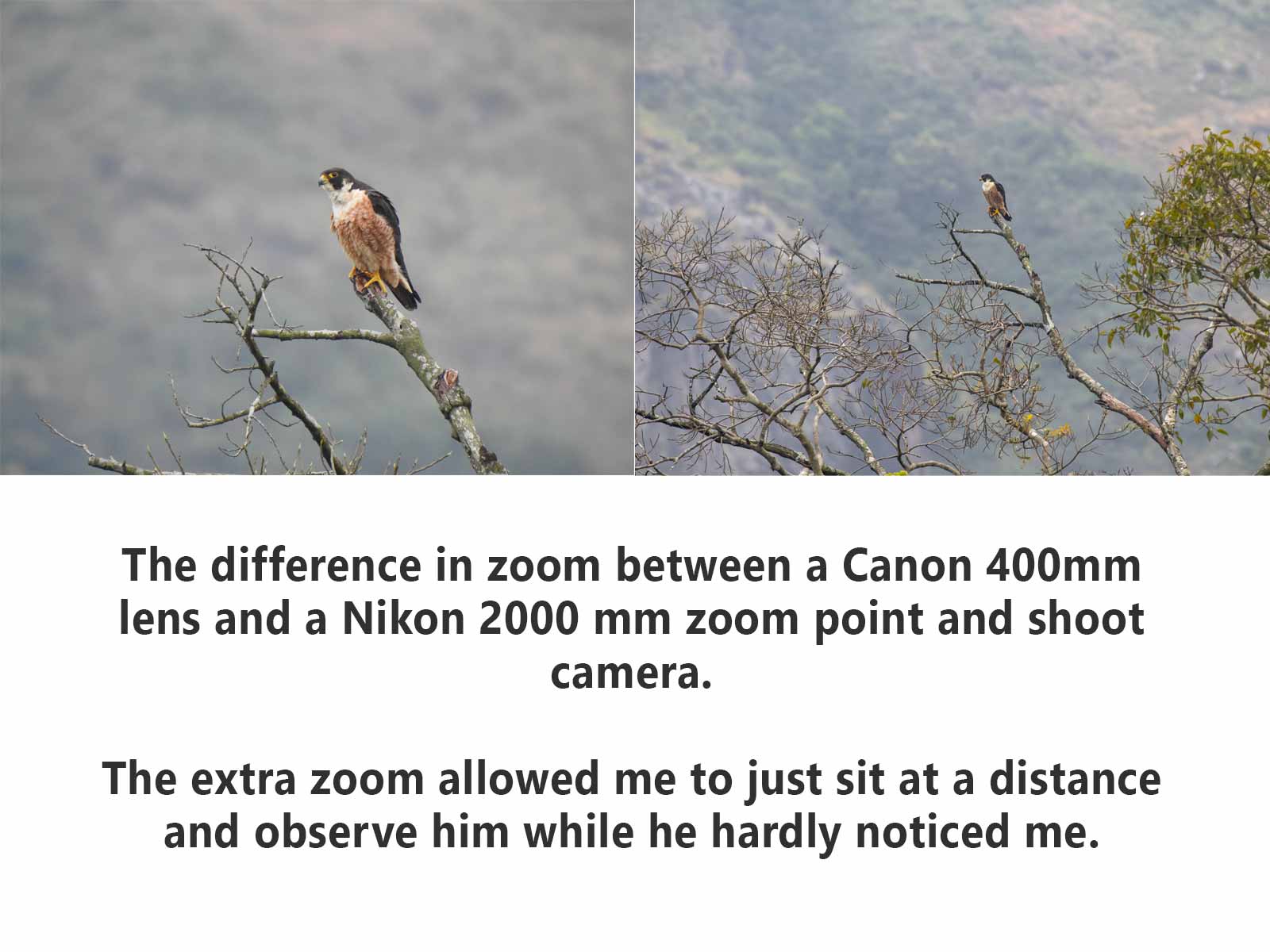
After years of ruthless killing, habitat destruction and countless extinctions the animal world does not want to see a human face ! It is as simple as that.
If you consider yourself an exception from the cruel human race then should you not view the situation from the perspective of the animal rather than yourselves.
We play calls, bait the animals, engage in habitat modification, place cameras in nests , drive over habitats etc all for what ? Social media, camera sponsorship or some stupid online competition ?
I have to be quite honest here. I was sucked in too but I am pretty sure that I have dodged the bullet now. I have sat in a vehicle that drove through a lake and played a call once because of a fellow birder’s insistence(felt happy when the bird didn’t turn up for the call) but as far as baiting or disturbing a nest goes I was pretty clear about my decisions from day one.
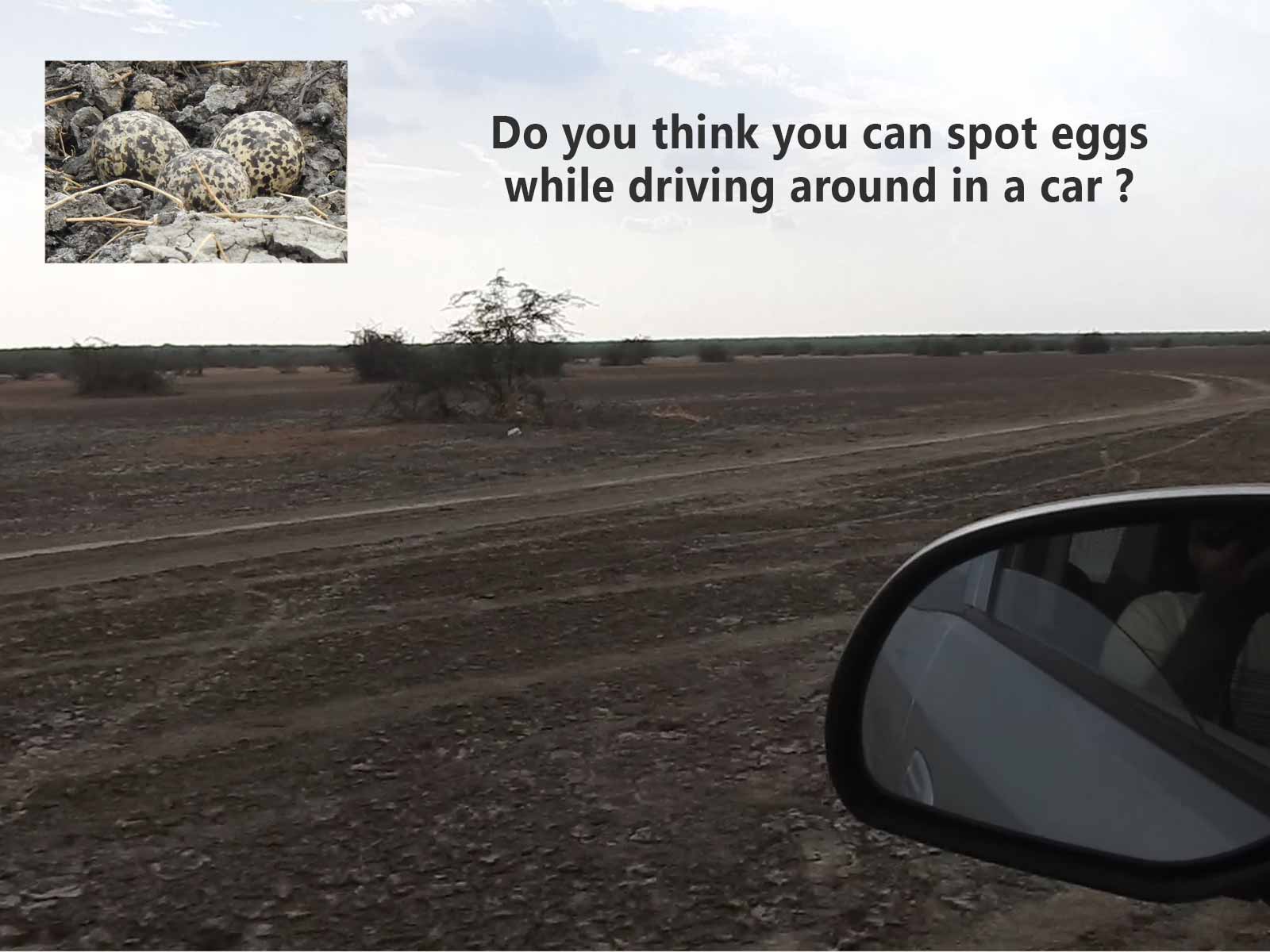
Ever since I let go of the quest for image clarity, wildlife watching has been the pleasure it has always been. I am still clicking but I no longer feel the need to approach them. Sitting at a comfortable distance with my binoculars and nikon P900 seems to do the trick. Infact with the wildlife not getting disturbed I get to see more of their activity.
There is one more argument that images are memories but so are stories. Have a small group with whom you can chat about wildlife encounters and you will see that oral stories are more fun than images and videos. You will also find that images are just there as an additional flavour and what your camera can do really doesn’t matter in a conversation between true wildlife lovers.
What we need to understand is that , a camera is just a gadget and it’s output will vary as technology keeps on changing. That output is thus a constant flux and thus there is never a pinnacle that can be achieved.
Still if you want to take images, consider taking images of conservation, habitat destruction, poaching etc. I am pretty sure that if you keep posting the reality of birds standing in garbage many people will possibly block you from their social media feed.
Afterall showing reality means you are showing negativity !
The wildlife around the world is in crisis and needs our help in protecting their habitat. What it doesn’t need right now is an army of photographers chasing them to their very end of existence.

